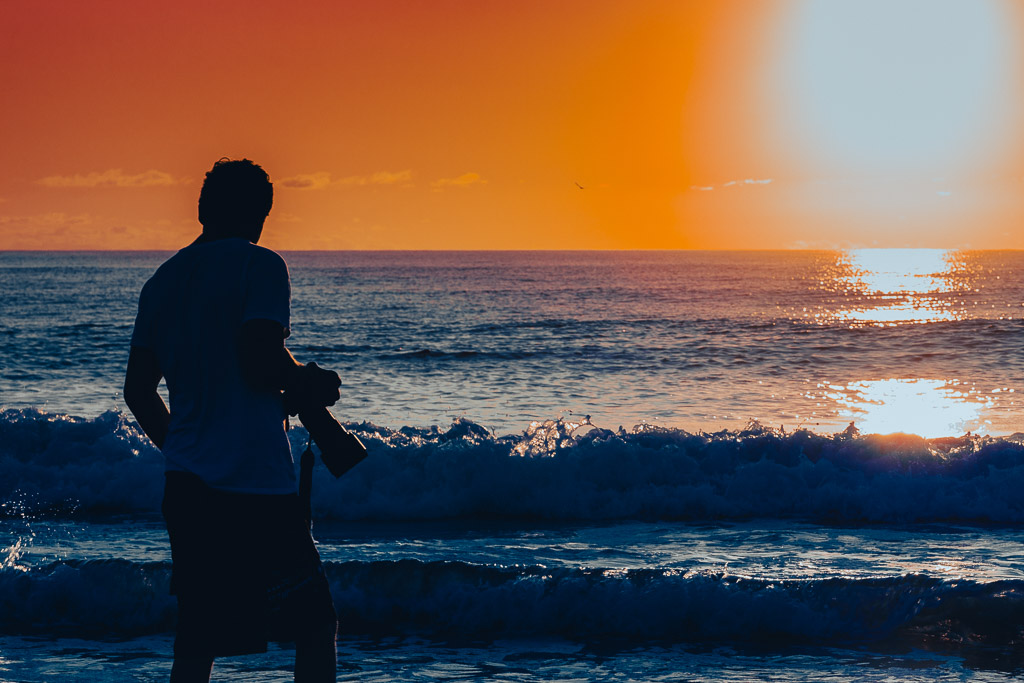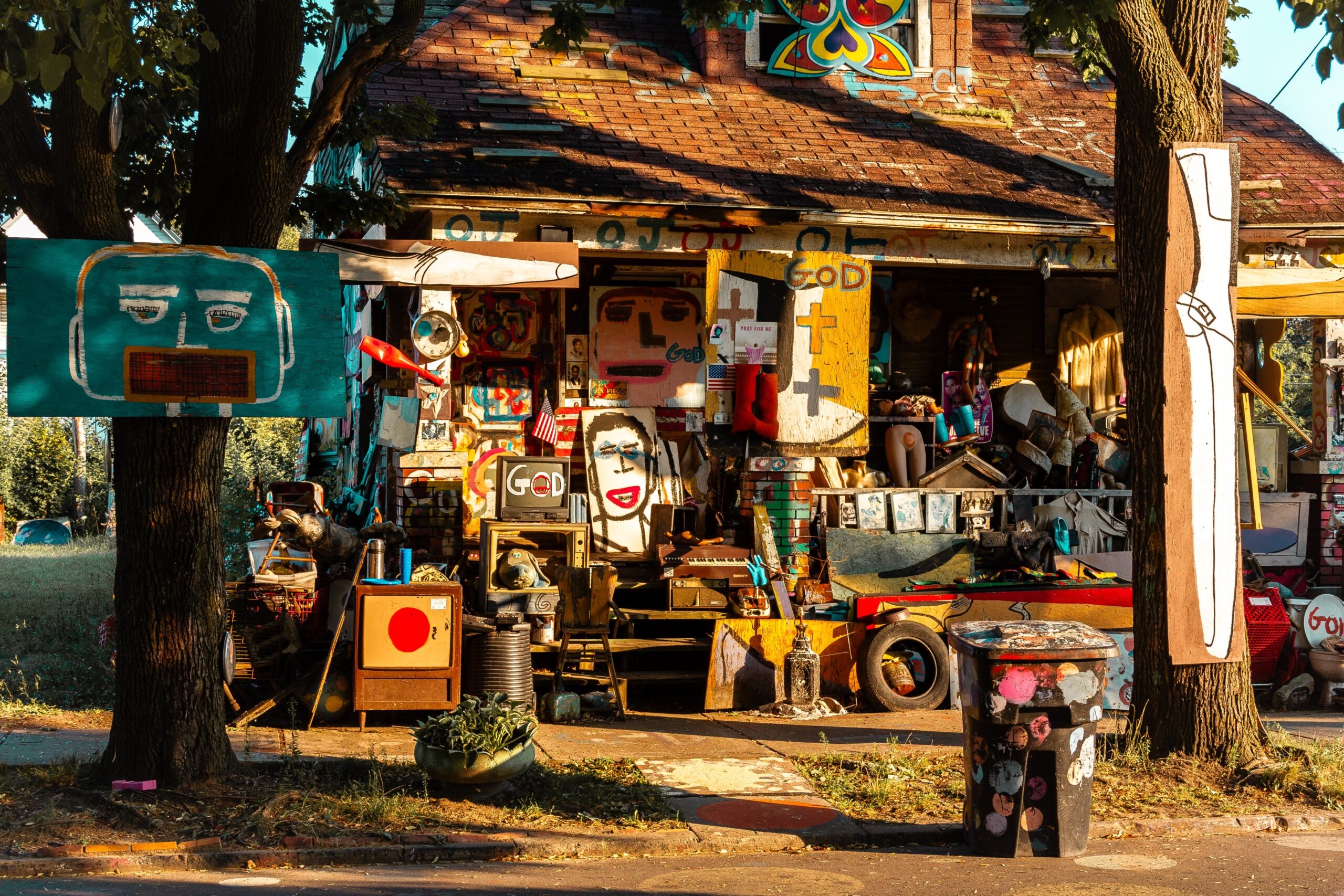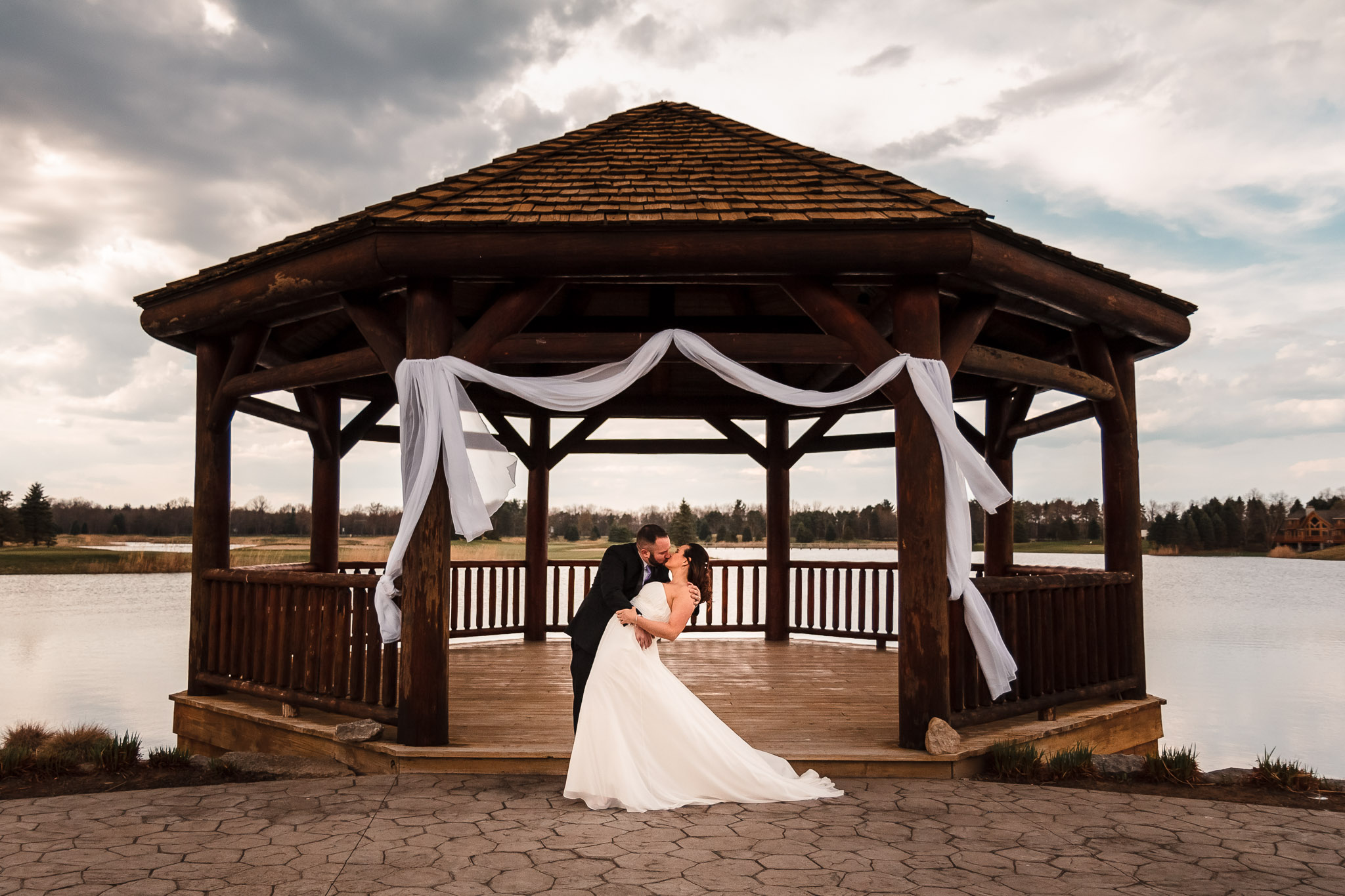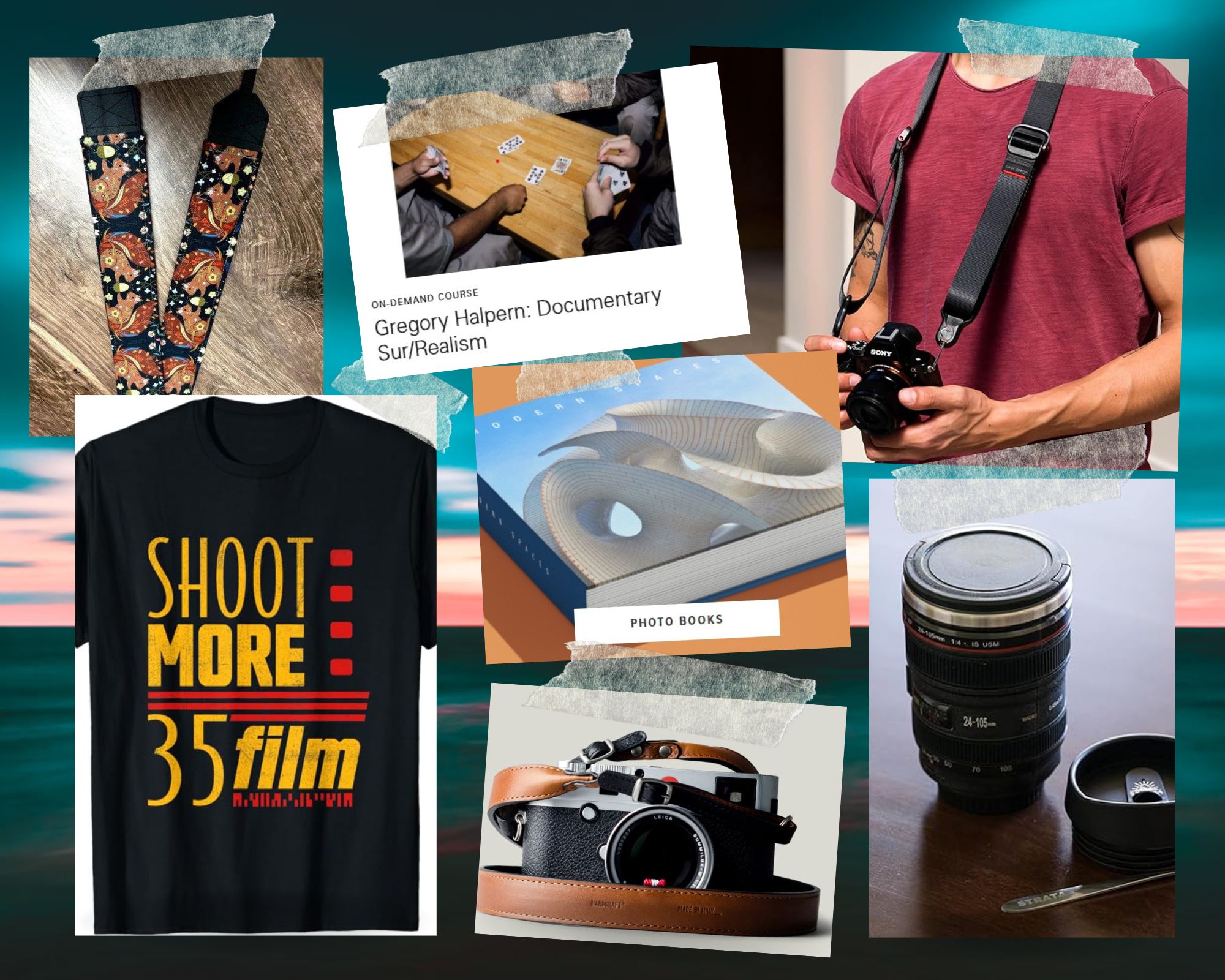Collect The Featured Image as an NFT
Support this blog by collecting the featured image as an NFT. Your support helps keep the creative journey alive! Collect Here
Unlock Your Creative Potential: Making a Passive Income as a Photographer
Are you a photographer looking to turn your passion into cash? Of course you are, Photography is expensive! You spent a lot of money on your camera, and you need that new lens.
Plus, the other day, your photographer friend Trish bought a cool speedlight! You need one now.
This is starting to add up fast and just maybe, this is more than a hobby.
Well, I’m here to guide you on that journey from hobby to passive income. The world needs your unique talent.
Heck, the world needs you!
In this post I’ll show you how to earn money while doing the thing you love, photography.
Generating a Passive Income as a Photographer
Now trust me, I get it, I’m not here to tell you that this is easy. I’m on the journey, just like you, I’m struggling, I’m blogging, I’m selling NFTs, starting a Redbubble store, selling Prints, I’m hustling.
Despite the struggle, I believe we can do it. If you want to monetize your passion for photography, you should.
This is in addition to client work. I’m not going to talk about that here. That’s something separate and definitely not passive.
Like you, I’m still learning every day. I learn, I fail, I adapt, I try different things. Earning a passive income as a photographer is hard and no one strategy is going to fit everyone.
Also, this definitely won’t happen overnight. There will be moments when you wonder why you are even doing this. I know I’ve had them. I just try to remind myself that every step forward is progress.
Don’t give up.
Count your wins, even the small ones and keep pushing for the next one.
Every sale, new fan, or time you come away from a shoot with something amazing matters.
This is what photography is, a journey, filled with challenges and rewards.
Just embrace it.
Below you will find practical tips, actionable steps, and some inspiration sprinkled in here and there.
Together, we can do this and realize the dream of earning a passive income while doing the one thing we love.
Making a passive income as a photographer won’t be easy but we only fail when we don’t try.
What are some passive income opportunities for photographers?
When I first think about passive income opportunities for photographers, I think about selling my photography online.
You know, the basic approach. Here is my photography, you can order a print if you like, please and thank you.
But, as a photographer, you can explore other various passive income opportunities as well. I mean, you already did the hard work of taking all the amazing photos so why not create some additional sale funnels?
What about NFTs?
Insert shameless plug for you to go collect one of my NFTs.
What about licensing your artwork for commercial use? You know, book covers, album art, or product designs.
What about teaching others your photography skills and techniques? I’m thinking online courses, publishing e-books, tutorials, or creating digital resources to help new photographers.
Finally, how about print-on-demand services? Offering customized products featuring your photography, like t-shirts, mugs, or phone cases would be pretty cool right? Just imagine people walking around with your design on it.
Options, options, options but diversifying your income streams is key to building a sustainable passive income as a photographer.
So, Where Do You Start?
I know, passive income sounds great, but what’s the first step? How do you actually set this up so that you’re not just waiting for “one day” to happen? Here’s a simplified plan to get you moving:
1. Decide What You Want to Sell
Do you want to sell prints? License your work? Make NFTs? Create online courses? There are tons of ways to monetize photography, but you don’t need to do everything at once. Pick one or two possibilities that excite you and start there.
2. Set Up Your Online Presence
If you don’t already have a website or an online portfolio, it’s time to get one. A simple Instagram or Twitter/X page dedicated to your work can help but at some point, you want a home base, something you control. You need a place where people can see your photography, and more importantly, buy it.
How to Create a Photography Website with WordPress
3. Explore Marketplaces That Fit Your Style
Not all platforms work for every photographer. If you want to sell stock photos, check out Shutterstock or Adobe Stock. If you want to do print-on-demand, try Redbubble or Society6. NFTs? Platforms like OBJKT, Rodeo, Remx, and Foundation might be the way to go. Manifold is a great option for creating your own custom contract. Find the best fit for your work.
4. Optimize Your Images for Sales
This isn’t just about making your photos look good but obviously, that helps. Think about what buyers are looking for. If you’re doing stock photography, your images need to be commercial friendly. If you’re making prints, high resolution is a must. If you’re selling NFTs, consider creating collections around a theme, adding utility or storytelling to your pieces. Involving the collector somehow in the process or outcome is another fun idea to consider.
5. Make It Easy for People to Buy from You
Don’t make people work too hard. People are lazy. If someone wants to buy your art, the process should be easy. This means clear pricing, easy checkout options, and links that actually work.
6. Get the Word Out
Just uploading your work isn’t enough. You have to promote it but not like you think. You should focus on engaging with others. Join photography communities, create genuine connections, build an audience. Remember, yeah, your work is the product, but you are too. People want to know your story. Share it.
7. Experiment with Licensing Opportunities
Your photos can be more than just prints. Imagine your photography on book covers, album art, or even in ad campaigns. Licensing opportunities can bring in a consistent revenue. Research licensing platforms or better yet, pitch your work directly to brands and publishers.
8. Offer Knowledge, Not Just Photos
You love photography, and someone else is years behind you. Photographers learn from other photographers, possibly you. Teaching others through online courses, ebooks, or workshops can generate a nice passive income over time. Once it’s made, you can sell it over and over again.
9. Keep Your Side Hustles Flowing
Passive income takes time to build. While you’re trying, keep shooting, improving, and exploring all possibilities. The more diversified your income, the more stability you’ll have.
10. Track What Works and Adapt
Some things will sell, and some won’t, and that’s okay. Pay attention to what people are buying and adjust your strategy. If something isn’t working, pivot. The key is to stay flexible and keep moving forward.
I know, that was a lot to take in.
Let’s break it down step by step, starting with one of the most common ways photographers make passive income: selling your work online.
How can I sell my photography online?
Selling your photography online opens up endless possibilities because the whole world is just a click away.
Start with a strong foundation, a place to call home. For this, you’re going to need strong portfolio website that showcases your best work. And if you’re planning to sell prints, you’ll want a solid print house. WHCC is a great option for high quality art prints.
I use WordPress for my Portfolio/Blog website and ShootProof for integration with WHCC. I could try to set something up inside WordPress using WooCommerce or a Shopify plugin, but this is working for now.
Beyond your own website, platforms like Etsy, Society6, and Redbubble can help you reach a wider audience.
And unfortunately, we can’t forget about social media. Yeah, you’re going to have to do it.
Instagram and Pinterest work well for this I’m told. I use Twitter a lot as the NFT community seems to hang there but it’s a constantly evolving landscape these days.
Wherever you feel most comfortable. Just remember, building a presence isn’t just about posting photos.
It’s about engaging, sharing behind the scene moments, and making real connections with your audience.
Here’s a Game Plan to Get You Started:
1. Set Up an Online Portfolio or Website
Pick a platform that works for you. WordPress, Squarespace, Wix, whatever your familiar with or have a good feeling about.
I like WordPress.
Your site should be easy to navigate, and don’t skimp on the “About” page! Your audience needs to know the story behind the art, they need to know you.
2. Choose an E-commerce Platform
Selling prints? Again, I use WHCC with ShootProof, but other solid options include SmugMug, Fine Art America, or just setting up an e-commerce section on your own site. If you prefer a marketplace approach, Etsy is also something to look at.
3. Price Your Work Smartly
Do some market research. Look at what similar photographers are charging, factor in production and shipping costs, and decide on your profit margin. Also, consider offering limited editions for exclusivity.
4. Optimize Your Listings
Always, always upload high quality images to showcase your work properly. Great photos sell. But good descriptions help too. Make sure to use relevant keywords in your titles and descriptions to help search engines find your content.
5. Promote Your Shop Like a Pro
Social media is more than just posting your work. Share behind the scenes content, time lapses, or even customer testimonials. Collaborations are big too. Try to find influencers or brands that align with your style and reach out. Why not?
6. Run Promotions to Attract Buyers
Limited time offers, discounts for first time buyers, or seasonal sales can drive sales and encourage urgency. Just don’t overdo it. Remember, your art has value.
7. Deliver Stellar Customer Service
Respond to questions quickly, ship on time, and make the buying experience as smooth as possible. Happy customers turn into repeat buyers and word of mouth is important.
8. Partner with Local Businesses
Get your work into local cafes, boutiques, or galleries. A simple consignment deal or partnership can put your photography in front of new eyes and that’s what you want.
9. Use Print on Demand for Hassle Free Sales
Services like ShootProof allow you to integrate seamlessly with some of the top print houses. Also, check out Printful, Mpix, or WhiteWall to handle printing, packaging, shipping, and the other not so fun stuff. Let’s focus on what you actually love, creating!
10. Keep Your Collection Fresh
Update your shop regularly with new work, seasonal themes, or limited time offers. If you keep things fresh people will come back more often to see what’s new.
Now, What’s Stopping You?
That’s the roadmap. It’s really the same formula as everything in life. Consistency, quality, and showing up. Now get out there and make it happen. Unless you want to learn about NFTs, in that case, keep reading.
Can I sell my Photography as an NFT?
Yes, you can absolutely sell your photography as an NFT. Think of it as a digital way to authenticate and sell your work, except instead of just prints, you’re selling a unique token on the blockchain. This token links to your photography with a ledger of when it was first minted, the names of collectors, and current owners.
Some photographers have found huge success with NFTs, while others are still figuring it out. I’m somewhere in the middle on this journey. If you’re curious about the NFT space, here’s how to get started:
1. Understand NFTs (Without Getting Too Technical)
NFTs are basically digital collectibles stored on a blockchain, meaning when someone buys your NFT, they’re buying a verified piece of your art that can’t be duplicated. Ethereum is the most well known blockchain for NFTs (OpenSea, Foundation), but Tezos (OBJKT) is another solid option with low fees. If you’re just getting started, Tezos is a great place to experiment without spending a ton on minting fees. It’s also cheaper to mint on an Ethereum Layer 2 blockchain like BASE but I promised not to get too technical.
2. Pick the Right Photos to Mint
Not every photo will make a great NFT. Choose images that have a strong artistic identity, tell a story, or feel unique enough to stand out. I think if you like curating a collection then you will like NFTs. When selecting what to mint, ask yourself, “What do I want to be remembered for?”
3. Set Up a Crypto Wallet
You’ll need a wallet to store your NFTs and any crypto you earn from sales. For Ethereum, MetaMask is the go to choice. For Tezos, Kukai or Temple are solid options. Just make sure you write down your recovery phrase and store it somewhere safe. Lose it, and your wallet (and everything in it) is gone forever.
4. Choose Your Marketplace
Different marketplaces cater to different styles. Here’s a quick breakdown:
- Manifold (ETH): Create your own custom contract, appears in Manifold Gallery and across platforms that aggregate data like OpenSea.
- OpenSea (ETH): Largest marketplace, good for general exposure and aggregates from many sources like Manifold, Foundation, etc.
- Foundation (ETH): Known for 1/1 photography, blind drops, and mid to high priced works. Recently launched Rodeo, a creative social network gaining traction.
- Rodeo.club (ETH/Base): Foundation’s new platform on Base, offering low fees and an experimental approach of collecting “Posts”. Gaining traction for its accessibility and unique approach to collecting that promises discovery and social interaction. Probably better for WIP, BTS, rather than end results but many artists are sharing final work.
- OBJKT (Tezos): Extremely low gas fees, great for experimenting and serious collections. Strong photography and artist community. I started here and have an affinity for it.
- Remx.xyz (ETH/Base): A new, invite only platform focused on verified human artists. Sponsors can cover drop costs, commission artwork, and reward collectors.
- SuperRare (ETH): High end, very selective, focused on fine art.
If you’re not sure where to start, OBJKT is a great low risk option.
Here are the last 3 NFTs I collected on OBJKT, take a look.
5. Decide on Pricing and Royalties
Pricing NFTs is tricky and I don’t like to tell anyone how to price their work. But, you can start by looking at other photographers in the space. What are they charging? A good approach is to offer a mix:
- 1/1s (one-of-a-kind pieces) at a higher price
- Editions (multiple copies of the same image) at a lower price
Most marketplaces let you set royalties, meaning you get a percentage every time your NFT is resold on the secondary market. Typical royalties are around 5-10% but can be higher based on the primary price. If you are struggling to sell on primary, setting a lower primary price and raising your royalties is an option.
6. Mint and List Your Work
Once you’re ready, upload your images, create descriptions, and add relevant tags. Think of this like writing a listing for a print. Give collectors a reason to connect with your work.
7. Promote Your NFTs (Without Being Spammy)
The NFT world has sort of lived on Twitter (or X, whatever we’re calling it now) with frequent fits of “I’m moving” and then here we are again. Wherever it be, share your work, engage in conversations, and be part of the community. Instagram and Farcaster are other possibilities. BlueSky is starting to see more NFT activity too. But the key is networking, not shilling. People buy from artists they connect with, not from those who just post “BUY MY NFT” every day.
8. Get Involved in the Community
NFT collectors don’t just stumble upon your work. You have to put yourself out there. Join Twitter Spaces, participate in gallery submissions, and engage with other photographers in the space. Don’t do what I do (alienate everyone), do what I say. I’m kidding, mostly. Anyway, the more visible and engaged you are, the better your chances of getting noticed.
9. Stay Adaptable but Stay True to Yourself
The NFT market moves fast. Just when one trend is fizzling out, some new platform emerges, and collectors’ interests shift. It’s hard to stay on top of everything. Keep an eye on what’s working for you and your base of collectors. Experiment with different approaches, and don’t be afraid to pivot. But also, don’t be afraid to just do what you’ve been doing and stay put. You don’t have to follow every new trend. Trying to do everything can quickly make you burn out.
Do NFTs sound like your cup of tea?
Selling photography as an NFT isn’t for everyone and make no mistake, it’s not easy. It takes time, effort, and consistency. But if you’re already creating great work, it might be worth exploring. Worst case? You learn something new. Best case? You build a whole new audience for your art.
OK, let’s look at licensing your photography.
How Can I Establish a Passive Income Through Photography Licensing?
Alright, we’ve touched on licensing a few times already, but let’s dig into how you can actually turn it into a passive income stream. Licensing is a fantastic way to keep your work making money while you sleep, literally.
1. Find the Right Licensing Agencies
Not all agencies are created equal. Some specialize in photography, while others focus more on illustrations or fine art. Do your homework. Look up agencies with a good track record of working with photographers, check their royalty rates, and see if their client base aligns with your style.
2. Curate a Licensing Friendly Portfolio
Not every photo you take will be a good fit for licensing. Companies want images that are versatile. Think about what might work for ads, book covers, or product packaging. Put together a portfolio that fits these needs, showing off different moods, subjects, and styles.
3. Protect Your Work
Before you sign anything, make sure you understand the licensing terms. Who gets to use your image? For how long? How will you be paid? If you’re unsure, talking to an intellectual property lawyer can save you headaches down the road.
4. Go Direct to Businesses
Agencies are great, but they take a cut. If you can, reach out to businesses that align with your style. Think brands, publishers, or even interior designers looking for artwork. A solid pitch and a strong portfolio can land you direct licensing deals.
5. Use Online Marketplaces
Stock photography sites like Shutterstock, Getty Images, and Adobe Stock make it easy to license your work. The downside? There’s a lot of competition, and payouts can be small. Still, if you upload consistently and optimize your keywords, it can be a decent trickle of passive income.
6. Build Relationships in the Industry
Networking matters. You have to talk to people. You have to talk to the right people. Whether it’s through social media, industry events, or photography groups, staying connected can lead to more licensing opportunities. A casual chat with the right person can sometimes lead to long term deals.
Does licensing your photography sound more like you?
Licensing is kinda scary and I don’t have a bunch of experience here accept when I worked for a small magazine for a while. It takes patience, strategy, and a solid understanding of what sells. But if you stick with it, you can create a steady income stream while still focusing on photography.
Next up, social media. Not going to lie, I’m not that good at it.
How Can I Use Social Media to Make Passive Income?
Social media, it’s a blessing and a curse, right? If you’re like me, you probably just want to shoot photos. Your goal is probably not full-time social media influencer or whatever. Or maybe it is.
One thing is for sure, nobody likes stressing over algorithms and engagement rates. But the truth is, social media is a powerful tool for making a passive income, so we have to at least consider it.
1. Build a Real Audience (Not Just Numbers)
Forget about chasing followers for the sake of it. 1000 followers who really love your work and love supporting you are better than 100k followers who don’t give a shit about anything you’re doing. The goal is to connect with people who actually appreciate your work. Share your process, tell stories, and let your personality come through. A small but engaged audience is way more valuable than a huge, uninterested one.
2. Monetize Your Content
Here’s where things get interesting. Once you’ve built a loyal following, you can turn that attention into income.
- Sponsored Posts: Partner with brands that fit your style and values. The key? Keep it authentic. People can spot forced ads a mile away.
- Affiliate Marketing: Share products you actually use. Whether it’s camera gear, editing software, or even photography books, and earn a commission when someone buys through your link.
- Print-on-Demand Merch: We already mentioned sites like Society6, Redbubble, or Printful and how you can sell your images on phone cases, apparel, and more. No upfront cost, no inventory, just passive sales. Social media is where you’re going to advertise that stuff.
- Online Sales: If you sell prints or offer licensing, use social media to showcase your work and direct people to your store. Sometimes, a single well placed post can lead to unexpected sales.
3. Engage, Don’t Just Post
Social media isn’t a one way street. It’s really important to reply to comments, join discussions, and interact with other photographers. The more you engage, the more visible your content becomes.
4. Repurpose Your Content
One photo can be used in multiple ways. Post it on Instagram, turn it into a blog post, make a YouTube short about your process, or even sell it as an NFT. If you are hosting twitter spaces or doing live YouTube streams why not turn that into a podcast, etc. Maximize your work without constantly creating new content.
Are You Going to be the next Peter McKinnon?
It takes time to build an income stream through social media, but if you keep it fun and stay consistent, the opportunities will come. Just don’t burn yourself out trying to chase trends. Stick to what feels right for you.
Are Art Fairs and Exhibitions Worth It for Photographers?
Short answer? It depends. Art fairs and exhibitions can be amazing for exposure and sales. But they can also be expensive and time consuming. If you’re considering them, here’s how to make sure you get the most out of it.
1. Choose the Right Events
Not every art fair is worth your time. Some attract serious buyers, while others are more of a weekend browsing event. Do some research, check out past participants, see what kind of art sells, and make sure it aligns with your style.
2. Have a Killer Portfolio and Booth Setup
Your display needs to stop people in their tracks. Invest in high quality prints, framing, and a layout that makes your work shine. Make it easy for people to browse, and have a clear price list ready.
3. Price Your Work Strategically
Pricing is tricky and I can’t tell you how to price your work. If you go too high, you will scare people off. Too low, and you undervalue your work. You will have to research similar photographers and find a sweet spot. Having a mix of price points (small prints, larger framed pieces, even postcards) can help capture different buyers.
4. Engage with Visitors
Don’t just sit behind your table, talk to people! Share stories about your work, ask them about their interests, and make a real connection. Even if they don’t buy right away, they might follow you online and become future customers. Remember, your photography is the product but so are you! If people like you, they will be more eager to buy your work.
5. Collect Contact Info
Have a mailing list sign up or business cards ready. Even if someone doesn’t buy at the event, staying in touch can lead to sales later. A friendly follow up email with a discount for attendees does work. Try it!
6. Network with Other Artists
One of the best parts of art fairs? Meeting other photographers and artists. You never know what collaborations or opportunities might come from a simple conversation.
7. Evaluate and Adjust
After the fair, take a step back. What worked? What didn’t? Were the sales worth the booth fees? If not, maybe a different event would be better next time. Learning from each experience helps refine your approach.
The Bottom line on Art Fairs
Art fairs and exhibitions can be profitable, but they aren’t a guaranteed win. If you go in with the right mindset, treating it as both a business and a networking opportunity, you can build connections, gain exposure, and potentially make some solid sales.
CONCLUSION
Easy Right? Of course, I’m joking! Making a passive income as a photographer is a journey that requires dedication, persistence, creativity, and a whole lotta business savvy.
You’re going to need to where multiple hats so to speak while embracing everything at our disposal.
This includes online platforms, social media, and e-commerce tools to expand reach and connect with potential buyers. It’s also important to explore diverse income streams, such as licensing, print-on-demand services, and teaching opportunities.
Remember, success as a photographer is not solely measured by monetary gains or how much you made.
It’s measured by how much fun you had on the journey and sharing your vision of the world.
You are having fun, right?
Embrace your unique photography voice, stay persistent, and never underestimate the value of your photography or yourself.
So, what are you waiting for? Let your passion shine and go create a fulfilling and sustainable photography career starting today.
💬 What Did This Post Make You See?
Leave a comment and share what this post made you think, feel, or notice.
🖼️ Before Language, After Light
Default Gallery: Featuring recent photography and artwork from creators I’ve collected on Tezos. Updated regularly to reflect the spirit of each post. → View Full Curation on OBJKT
🟢 Currently Open for Submissions
Have a Tezos NFT that fits this post’s theme? Share a link with your comment (link-only posts will get flagged as spam). I may collect or feature it here or in a future post.
Support independent creators. Discover and collect below.








Very profound article and detailed information, useful tips. :)
Hey Svetlana, thanks so much for taking a moment out of your day to read my blog and comment. Have a wonderful day.